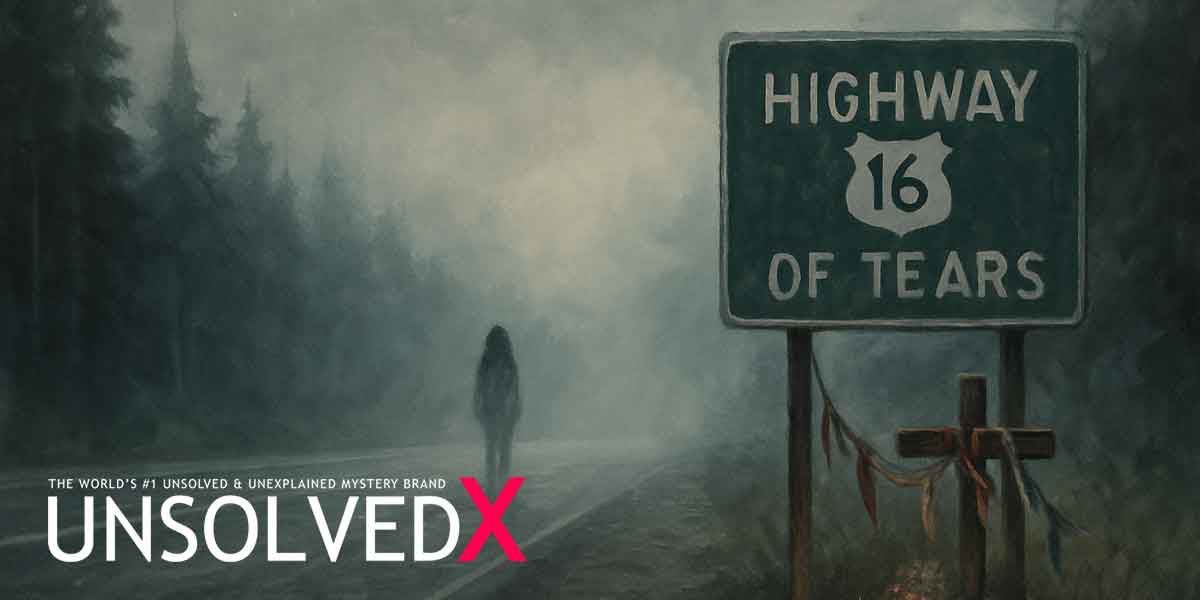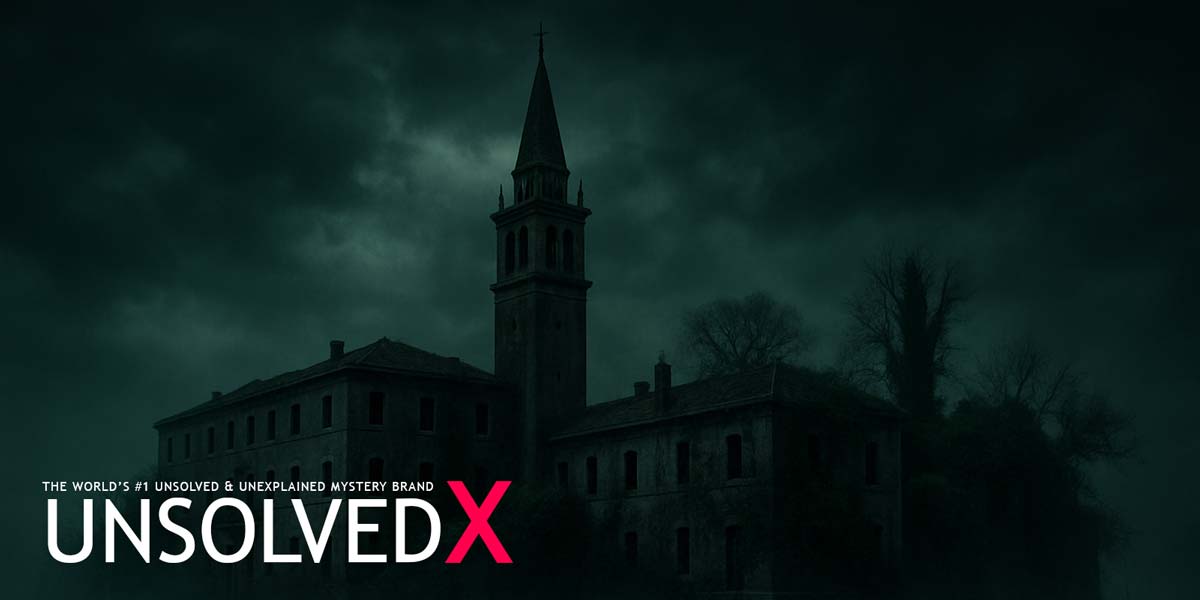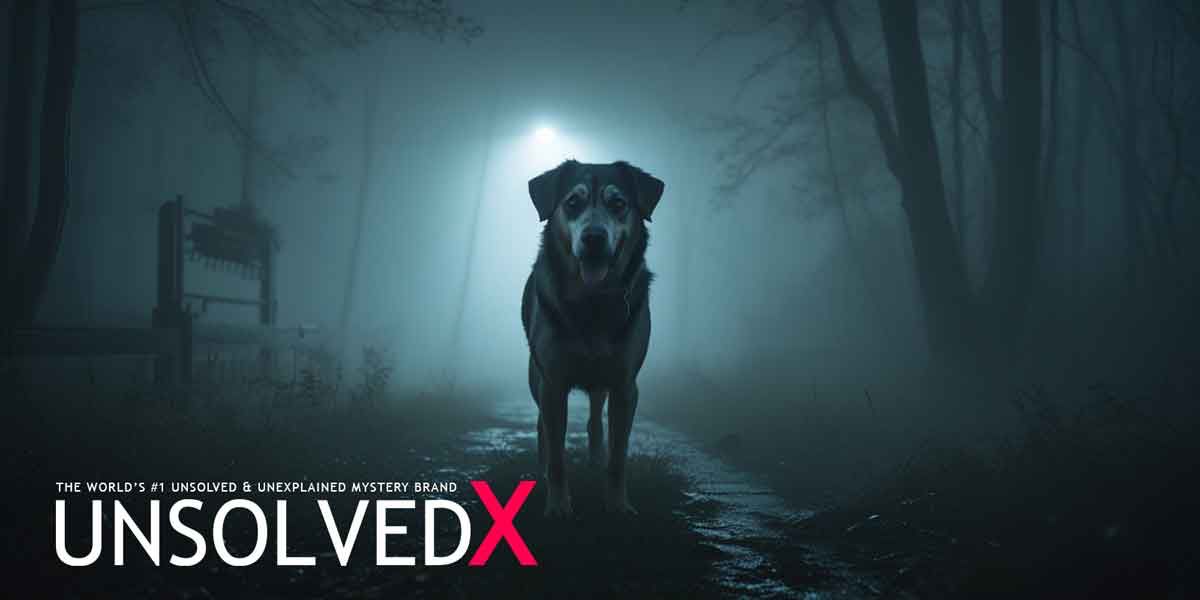Roots of a Haunting Myth
The Jersey Devil, a cryptid synonymous with the desolate Pine Barrens of South Jersey, has gripped the imagination of locals and mystery enthusiasts for nearly three centuries. The most enduring origin story traces back to 1735 in Leeds Point, where Jane Leeds, burdened by poverty and a dozen children, cursed her thirteenth pregnancy, declaring, “Let this one be a devil!” According to legend, her wish was granted in grotesque fashion: the child, born human, transformed into a monstrous creature with a horse-like head, bat-like wings, cloven hooves, and a forked tail before fleeing into the swamps with a blood-curdling scream. This tale, steeped in colonial-era anxieties about survival and the supernatural, is often linked to religious disputes, with some historians suggesting the “devil” was a smear against the Leeds family, who clashed with local Quakers and even Benjamin Franklin over almanac publications. The Pinelands Preservation Alliance notes this socio-political context, hinting that folklore may have been weaponized to vilify the family.
Yet, the Jersey Devil’s mythos isn’t just a single story. Oral traditions predate written accounts, with Native American Lenape tribes sharing tales of a malevolent forest spirit in the Pine Barrens, a region of acidic, sandy soil shunned by early European settlers. These “Pineys,” as the isolated inhabitants were called, wove stories of a creature that embodied the wild’s untamed danger. By the 19th century, sightings described a chimeric beast—part kangaroo, part bat, part goat—that moved with unnatural speed and emitted shrieks that chilled the blood. The lack of consistent descriptions, ranging from winged bipeds to hairy humanoids, only deepens the mystery, suggesting a blend of misidentification, fear, and cultural storytelling. Unlike Bigfoot, a hairy, ape-like cryptid often reported in the Pacific Northwest but also sighted in New Jersey’s denser forests, the Jersey Devil’s unique morphology sets it apart as a distinctly regional enigma.
Sightings and Cultural Impact
The Jersey Devil’s legend exploded in January 1909, when a wave of sightings sparked mass hysteria across South Jersey, Philadelphia, and even parts of Delaware and Maryland. Over thirty witnesses reported encounters, describing a creature that swooped from the sky, left hoof-like tracks, and screamed like a banshee. Schools closed, workers stayed home, and newspapers fueled the frenzy, with the Philadelphia Zoo’s superintendent offering a $10,000 reward for its capture—an unclaimed prize that underscores the creature’s elusiveness. Some experts, like those cited in McCloy and Miller’s The Jersey Devil (1976), proposed the sightings were misidentified sandhill cranes, known for their eerie calls and awkward flight, while others speculated about surviving pterodactyls in the region’s limestone caves. These theories, though, fail to explain the sheer volume of reports or the creature’s enduring grip on local psyche.
Beyond its terror, the Jersey Devil has become a cultural icon. It’s the namesake of the New Jersey Devils NHL team, chosen by fan poll in 1982, and features in media from The X-Files to the trading card game MetaZoo: Cryptid Nation. Six Flags Great Adventure’s Jersey Devil Coaster, a thrilling ride in Jackson, NJ, capitalizes on the legend’s allure, drawing tourists to the Pine Barrens’ mystique. Unlike Bigfoot, whose cultural footprint spans festivals like the 2023 Marion, North Carolina event with 40,000 attendees, the Jersey Devil remains a hyper-local phenomenon, deeply tied to New Jersey’s identity. Guided tours of the Pine Barrens, offered by groups like NJ Pine Barrens Tours, let visitors explore the creature’s haunts, blending history, ecology, and folklore for an immersive experience. The legend’s persistence reflects humanity’s fascination with the unknown, much like Bigfoot’s draw, but its regional specificity makes it a unique touchstone for Jersey pride.
Theories and Modern Relevance
Explanations for the Jersey Devil range from the plausible to the fantastical. Cryptozoologists, like those at Cryptomundo, have debated whether it’s a misidentified animal, with some pointing to the hammerhead bat—a large, horse-faced species native to Africa—as a possible culprit, perhaps brought over during the 18th-century slave trade. Its size and appearance could explain early sketches, though its inability to survive New Jersey’s climate or produce the reported fire-breathing feats undermines this theory. Others, as discussed on Reddit’s r/Cryptozoology, argue the creature is supernatural, a cursed entity rather than a biological one, given its shapeshifting descriptions and lack of physical evidence. This aligns with colonial fears of witchcraft and the devil, contrasting with Bigfoot, often framed as a flesh-and-blood primate needing a sustainable population to persist. The absence of concrete proof—no bones, no DNA—keeps the Jersey Devil in the realm of folklore, much like the Sasquatch, whose footprints and blurry videos remain inconclusive.
Today, the Jersey Devil endures as a symbol of mystery and local lore. While Bigfoot inspires dedicated research centers like the North American Bigfoot Center in Boring, Oregon, the Jersey Devil’s legacy thrives in storytelling and tourism. The Pine Barrens, a UNESCO biosphere reserve, remain a hotspot for cryptid hunters, with modern sightings—though rare—still reported, often resembling winged beasts or, curiously, Bigfoot-like humanoids. Posts on X highlight ongoing fascination, with users sharing eerie nighttime encounters or speculating about the creature’s origins. The legend’s adaptability, from 18th-century curses to 20th-century hoaxes, mirrors society’s need to explain the unexplainable. Whether a misidentified bird, a cultural artifact, or something truly otherworldly, the Jersey Devil continues to haunt unsolvedx.com’s mission to unravel the unexplained, inviting readers to explore its shadowy trails and decide for themselves.










Comments
Comments section coming soon!